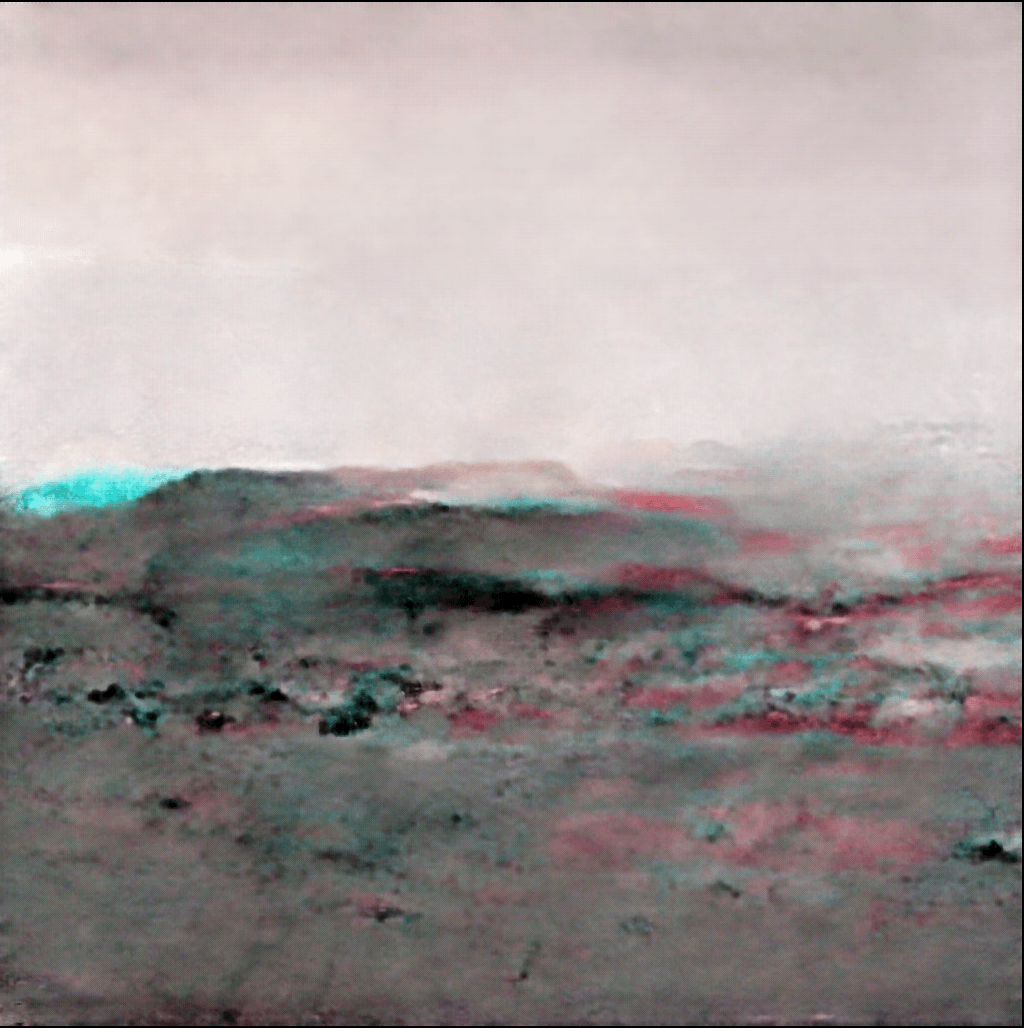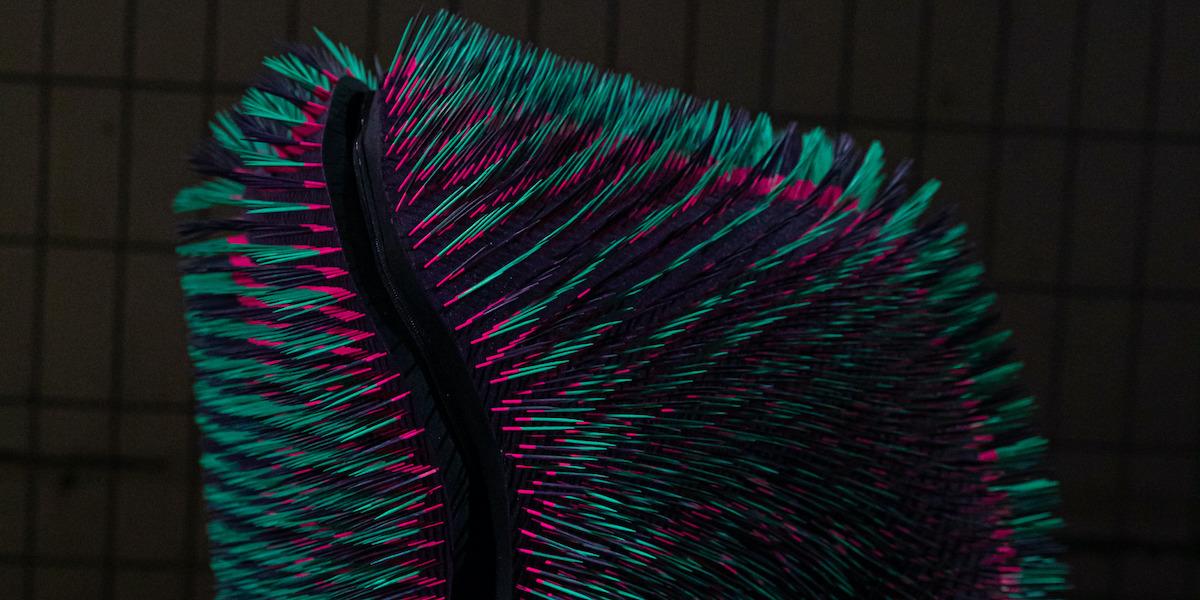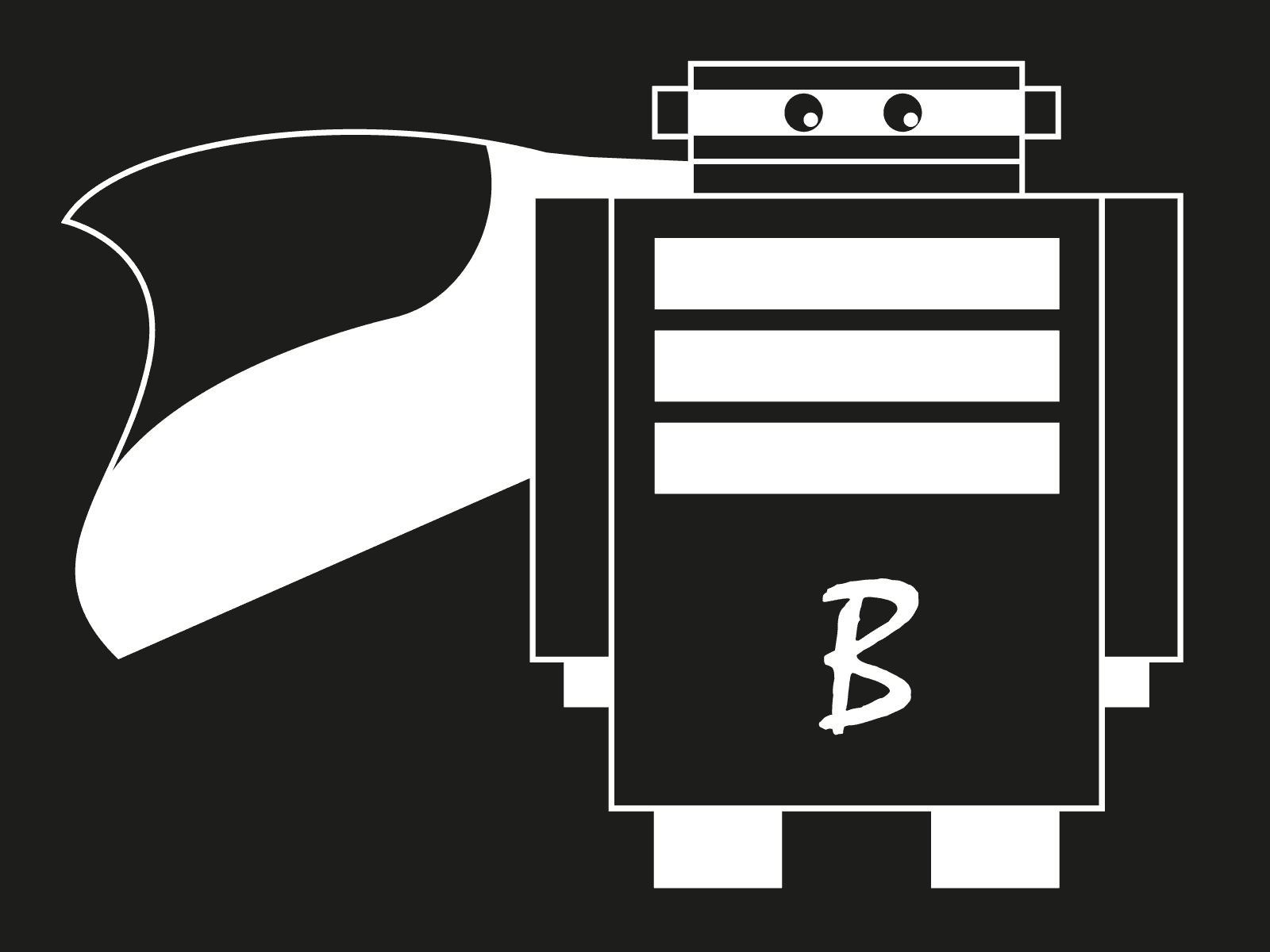How are biology, technology and outer space connected? Artist in residence Antti Tenetz is a Finnish artist operating at the intersection of these fields and brings them together in speculative research projects. He has just returned from a field trip in the forests of central Finland, one of the locations where he collected data for his current research on AI and bacterias.
How is your background reflected in your current work?
My background is a combination of artistic and research practices. I have been working on art and science projects for about 20 years and was a teacher in the field of bio and media arts. I have always operated in interdisciplinary research units, in which hard and soft sciences come together.
My work mostly focuses on the study of the environment and our human relation to it, such as arctic environments and human and animal migrations. I collect and study materials and data in local research groups, and make artworks from those sources. By including emerging art forms and practises we can learn more about changes in nature and in us as human beings.

What are some of the projects you have worked on?
Since a few years I have started exploring the role of artificial intelligence (AI) and the notion of landscape in relation to life as we know it. One question that intrigues me is: how does technology and in particular AI shape us, and how is it linked to non-human life and our landscapes?
I research how systems develop without human interference, thinking of drones and robots as actors. This resulted for example in Tracing, a work about the traces, movements and actions of animals and human beings in Lapland. Tracing relates to changing migration patterns among animals and humans caused by climate crisis. Through videos, drone footage, photos and satellite tracking data, these traces appear in the landscape in a multi-layered visual.

What are you researching as artist in residence for planet B?
My current research focuses on forms of life in outer space. I have been collecting and documenting training data, image sets, landscapes and microorganisms for this new work called Perihelion - Generational survival kit for space. It is an exploration of what it means to be human when other life forms and agencies such as AI and machine learning are needed to support us.
My Supre-organism residency is a collaboration initiated by Waag with ESA/Estec, the department of the European Space Agency located in Noordwijk, the Netherlands. I have visited them several times and these visits have been eye-opening to me. Their work involves long-term research, development and science projects about near and deep space themes.
Is your work also a reflection on technologies used in space?
As AI and machine learning have become a hyped research topic, I see possibilities for artists to provide a necessary critical perspective, to break down existing views and biases and seek new horizons as a response to the utopian views about AI and machine learning.
Human space activities are increasingly popular, but we are far from interstellar travelling. ESA estimates for example that exploring our entire galaxy with present-day speculative technologies will take us over 90 million years. New technologies might speed up this process, and make progress in our research about life formations, but we have to critically assess what that means.
What interests you about the theme of AI and space?
Outer space provides an interesting environment and a new perspective on ourselves, as it confronts us with our biological limits and not yet solved challenges of microgravity and radiation that we need to cope with. As we are reaching the limits of what humans can achieve in outer space, we might have to look at AI as our companions. Scientists already use a variety of AI and machine learning systems to explore outer space. How can AI help us to change the setting? And what would such a companionship look like? Do these merged future systems need us at all?
How do you see planet B as a concept?
Outer space reflects the outward focus of human beings and the role of technology as extension of humanity, while we also have to tackle issues on our planet. The history of technology is intertwined with that of our space travels. We are constantly dreaming about expanding, but we are just beginning to discover what is out there.
How do you see the future of this project?
I hope that it continues. The research has been a collaborative effort, I had support from other artists and researchers, which had led to an eye-opening dialogue. The residency was just a period for starting up, there is much more to explore.
Antti Tenetz is part of planet B as artist in residence, as recipient of the Supre:organism residency, a collaboration between Waag and ESA/ILWEG. Together with other artists, his research is part of the first mission of planet B: the AI Culture Lab. In the AI Culture Lab, an interdisciplinary group of artists, scientists, citizens and entrepreneurs come together to research the role and potential of AI.


This residency is made possible within the European ARTificial Intelligence Lab, with support of the Creative Europe programme of the European Commission, the Mondriaan Fund and the public-private partnerships allowance for Top consortia for Knowledge and Innovation (TKIs) from the Ministry of Economic Affairs.


